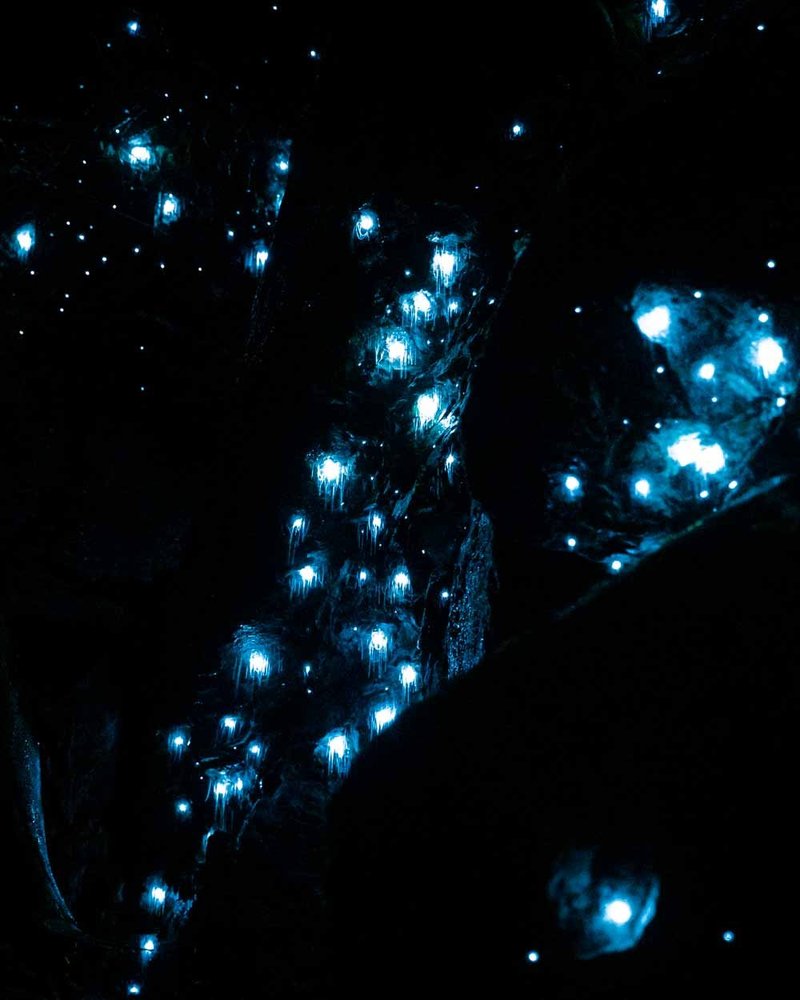
Keeping glow worms in captivity can sound like a delightful idea, but it’s not as straightforward as it appears. Imagine trying to recreate the delicate balance of nature in your living room! It involves understanding their specific needs, habitat requirements, and the ethical considerations of keeping such unique creatures. Let me explain what it takes to keep glow worms happy and healthy, along with potential challenges and solutions.
Understanding Glow Worms: The Basics
Glow worms aren’t actually worms; they’re the larvae of certain types of beetles. The most well-known species include the *Lampyris noctiluca* and the *Arachnocampa luminosa*. These little luminaries produce light through a chemical reaction, attracting prey and communicating with one another. Their stunning bioluminescence can be seen mainly in caves and damp areas, making them a sight to behold in the wild.
The glow is produced in special organs in their bodies, which is a neat piece of biology! This means that, unlike conventional pets, keeping glow worms involves replicating specific environmental conditions. Interested in creating a glow worm habitat? You’ll need to think about temperature, humidity, and diet—sort of like being a tiny ecosystem manager.
Creating a Suitable Habitat
If you’re intent on keeping glow worms in captivity, the first thing you’ll need to consider is their habitat. They thrive in wet, dark environments, so creating a suitable setup is crucial. You might start with a glass terrarium. Here’s what you should include:
- Substrate: A layer of coconut coir or sphagnum moss provides a good base that retains moisture.
- Humidity: Glow worms love humidity, so consider misting the terrarium regularly or using a small aquarium heater.
- Temperature: Maintain a temperature between 20-24°C (68-75°F) to keep them comfortable.
- Light: No bright lights! Use low-intensity LEDs or keep them in complete darkness during the day.
You might be wondering how to mimic their natural habitat effectively. Adding small branches and leaves can provide additional hiding spots. Glow worms are shy, and a cozy space helps them feel secure.
Feeding Your Glow Worms
What do glow worms eat? This is a crucial aspect of their care. In the wild, they primarily survive by consuming small insects caught in their silk threads. In captivity, you can replicate this diet by providing a variety of food options like fruit flies or pinhead crickets.
Get ready to channel your inner entomologist! You can breed fruit flies at home quite easily—just make sure to give them a balanced diet of yeast, oats, and sugar to keep them healthy. Feed your glow worms every couple of days, but be careful not to overload them. Too much food can lead to a mess in their habitat, which is the last thing you want to deal with.
Challenges of Keeping Glow Worms
While keeping glow worms can be a rewarding experience, it’s not without its challenges. One major hurdle is maintaining the environment. If the humidity drops, your glow worms may become inactive or even die. Regular monitoring is essential to ensure everything stays in balance.
Additionally, some species can be sensitive to stress. Too much handling can disturb them—imagine being picked up by a giant! So, avoid frequent interactions and try to keep their environment as stable as possible. Consider setting up a simple monitoring system to help you keep an eye on temperature and humidity levels.
Ethical Considerations
Before you dive into the world of glow worms, it’s crucial to consider the ethical implications. Collecting these creatures from the wild can harm local populations, especially since some species are threatened. Instead, think about purchasing glow worms from reputable breeders who practice sustainable methods.
Remember, keeping glow worms isn’t just about having a cool pet; it’s about creating a safe and healthy environment for them to thrive. Always prioritize their well-being and ensure that you’re not contributing to the decline of their natural habitats.
Alternatives to Keeping Glow Worms
If after considering the challenges you decide that keeping glow worms isn’t for you, there are plenty of alternatives to enjoy their beauty. Many people visit caves or natural parks where glow worms thrive; these experiences often come with guided tours that teach you about their life cycle and habitat.
You can also explore other bioluminescent creatures, like fireflies. They can be easier to care for and can also light up your backyard on a warm summer night. Just like glow worms, these creatures create mesmerizing sights, and watching them can be a beautiful way to connect with nature without the challenges of captivity.
So, can glow worms be kept in captivity? The answer is yes, but it comes with a host of responsibilities and challenges. From creating the perfect habitat to ensuring their diet and ethical considerations, it’s not a decision to be taken lightly. It can be a delightful project for those willing to invest the time and effort.
As you ponder this unique pet idea, remember to weigh the pros and cons carefully. Whether you choose to keep glow worms or explore them in their natural environment, you’re in for a treat—after all, who wouldn’t want to experience a touch of magic in their life?

